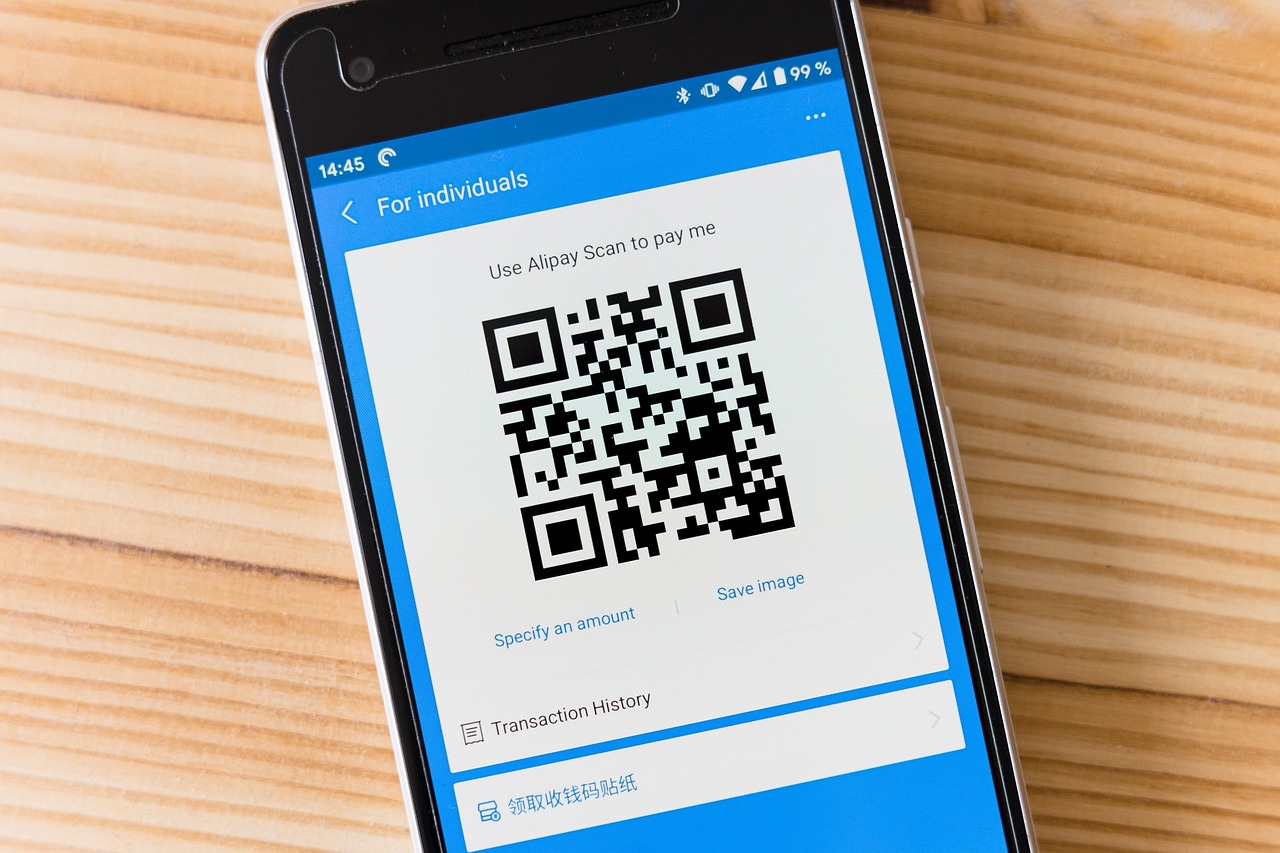Introducing Alibaba Qwen – VLo.

The Alibaba Qwen team has unveiled Qwen – VLo, an innovative addition to its Qwen model family that unifies multimodal understanding and generation within a single framework. This powerful creative engine enables users to generate, edit, and refine high – quality visual content from text, sketches, and commands in multiple languages. The model supports step – by – step scene construction, making it a significant advancement in multimodal AI and highly relevant for designers, marketers, content creators, and educators alike.
Unified Vision Language Modeling.

Qwen – VLo builds upon Alibaba’s earlier vision – language model, Qwen – VL, by adding image generation capabilities. It seamlessly integrates visual and textual modalities bidirectionally. This means it can interpret images and generate textual descriptions or respond to visual prompts, while also producing visuals based on text or sketches. This smooth interaction between image and language optimizes creative workflows and enhances user experience.
Key Features of Qwen – VLo.

Qwen – VLo offers several standout features. First, it supports concept – to – polish visual generation, turning rough inputs like text prompts or sketches into refined, high – resolution images. Second, it allows on – the – fly visual editing via natural language commands, enabling users to adjust object placement, lighting, and color themes without manual tools. Third, its multilingual multimodal understanding makes it accessible across different languages and industries. Lastly, its progressive scene construction lets users build scenes incrementally, enhancing creativity and control.
Architecture and Training Enhancements.

Though detailed architectural specifics remain limited, Qwen – VLo likely extends the Transformer – based design from Qwen – VL. Key improvements include enhanced fusion strategies for cross – modal attention, adaptive fine – tuning, and structured representations for better spatial and semantic grounding. The model trains on diverse data such as multilingual image – text pairs, sketches paired with images, and real – world product photography, which helps it excel in composition generation, layout refinement, and image captioning.
Target Use Cases.

Qwen – VLo is designed for multiple industries. In design and marketing, it excels at converting textual concepts into polished visuals for ads, storyboards, and product mockups. Educators benefit by visualizing abstract concepts interactively, with language support aiding multilingual classrooms. E – commerce and retail professionals can generate product visuals, retouch photos, or localize content. Social media creators and influencers gain fast, high – quality image generation without relying on traditional design software.
Key Benefits.
Qwen – VLo stands out among large multimodal models by enabling seamless transitions between text and image, supporting multilingual localized content, and producing high – resolution outputs fit for commercial use. Its editable and interactive generation pipeline supports iterative feedback and precise edits, crucial for professional – grade content creation workflows. These advantages position Qwen – VLo as a versatile tool for creative professionals worldwide.
Conclusion.

Alibaba’s Qwen – VLo advances the frontier of multimodal AI by merging understanding and generation into one interactive model. With its flexibility, multilingual capabilities, and progressive generation features, it serves a wide range of content – driven industries. As demand grows for integrated visual and language content, Qwen – VLo emerges as a scalable, creative assistant ready for global adoption. For more information, check out the [technical details](https: //qwenlm.github.io/blog/qwen – vlo/) and [try Qwen – VLo here](https: //chat.qwen.ai/). All credit goes to the researchers behind this project.